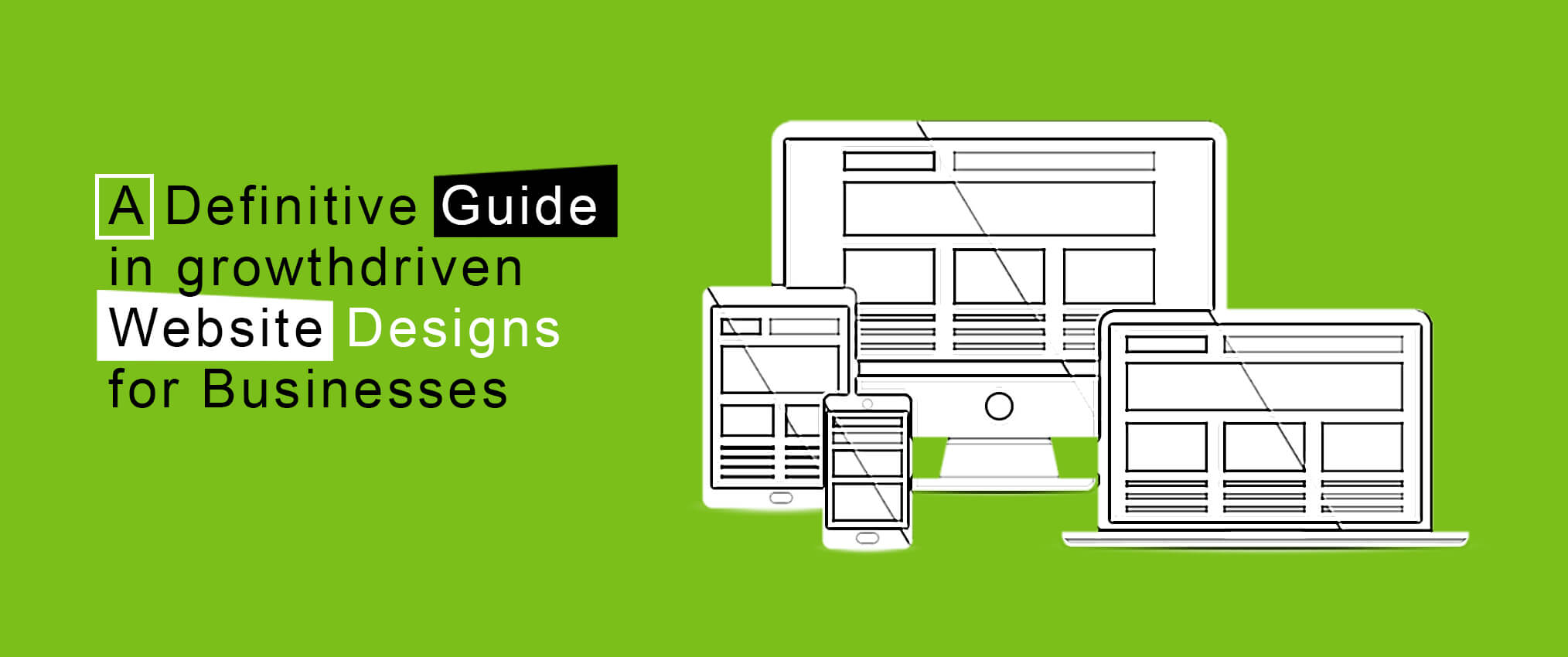The design of a website makes a huge difference to how much traffic it brings in. The design involves creative, technical, aesthetic, and functional aspects of the business apart from its purpose. As the technologies and perceptions of businesses and users keep changing, web designs also change. For businesses to use the website as a lead magnet and keep their users captivated, they must keep updating the design periodically. These days, the design elements also contribute to SEO, analytics and lead generation. It is hence, essential to focus on a growth-driven website design for businesses which can be achieved with the help of a competent offshore web development service provider.

Growth-driven designing involves a step-by-step approach which comprises of the following:
Step 1: Analyze User-Engagement
When a website is designed keeping growth-driven development as the key, the first thing is to check for the user-engagement levels. In most of the cases, a good website is in place to meet all the requirements. The first goal for a business is to find how their users interact with the website, what they want from the website and how improvements can be implemented. Analytics can be studied and patterns should be observed to make the customer experience the best.
Step 3: Identify Key Features
The next step is to see what can be added or enhanced to the website. Many features are present as a package which makes it functionally viable. Modern websites allow customized options to be incorporated as needed.
Step 5: Programming
The designed wireframes need to be converted into content which showcases the website’s new functionality. Whether inhouse or an outsourced development, the website designing teams need to stay in touch. This makes the code more efficient.
Step 7: Release
Once testing is completed successfully, the website can be launched. The changes may have a different impact on different users. Whatever be the results, analytics should be carefully watched to see how the updated version performs and whether the results match the ones predicted in the beginning.
Step 2: Identify The Pain Points
Once the analytics are available, finding pain points become easy. It could be a slow loading page to some missing parts in the website. Pain points need to be fixed or removed on a website. A competent web design services provider will make sure that the defined pain-points of target customers are addressed in the design level. The users can also be invited for a survey to share what they love about the website to give growth-driven design a definite boost.
Step 4: Wireframe Top Up
Once the changes to be made are defined, proper planning needs to be done. Adopting growth-driven design does not necessarily mean complete redesigning. The focus is not only on integrating the updates but also the website’s user interface and navigation. This, in turn, influences user experience. A responsive web design is inevitable these days as more users are accessing the sites using their mobile devices that come in different sizes and shapes. So, update the wireframes for preparing an integrated solution.
Step 6: Testing
No matter how expert the coder is, implementing all new features need some amount of time for careful testing. The last thing to be seen in such a situation is that the new change becoming a source of the bug. All last-minute improvements need to be tested thoroughly before the updated version is released.

